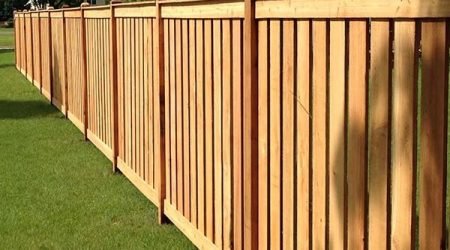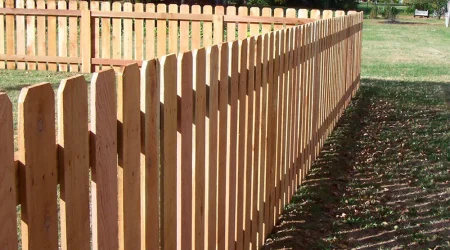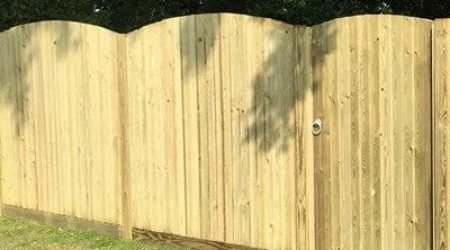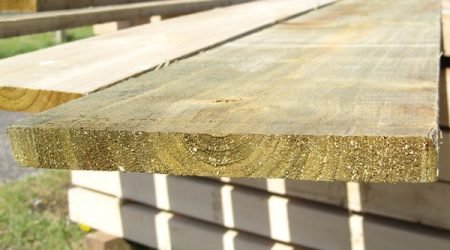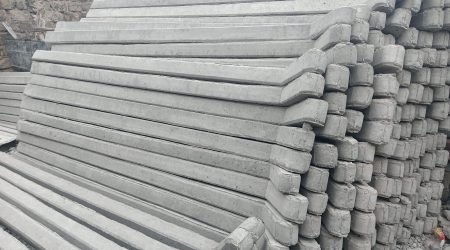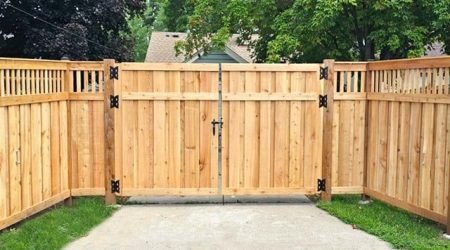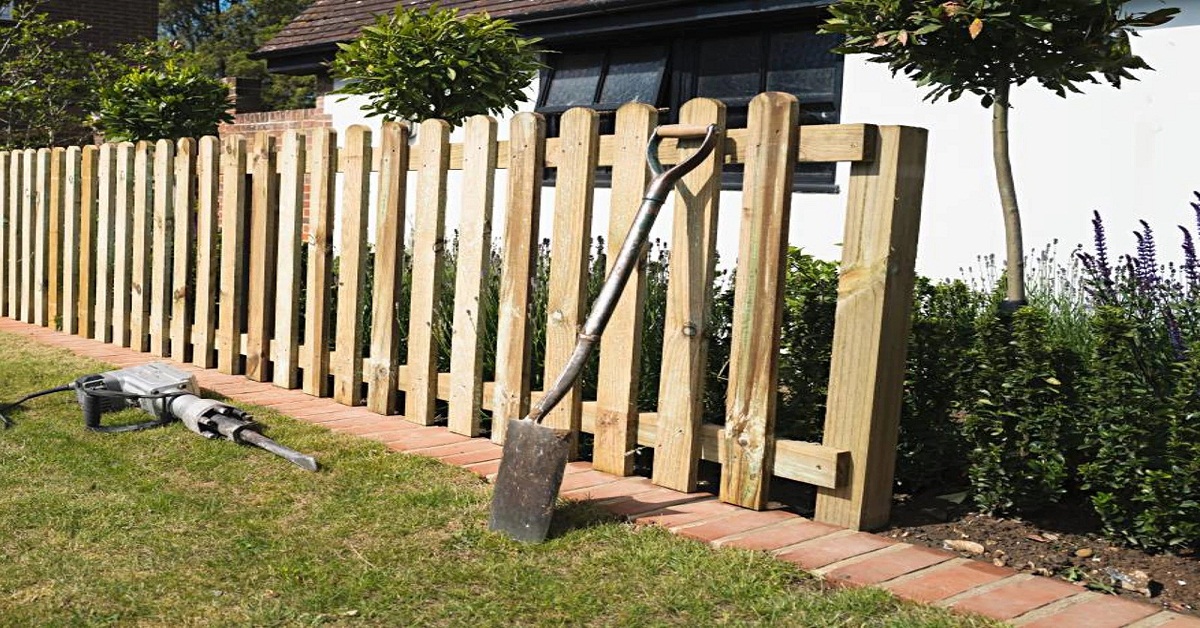Picket fences enhance your garden beauty and privacy. However, they start discoloring overtime, leading towards losing their natural beauty. Some homeowners ask for the experts to help them sort out the problem. While others hesitate to spend their hard-earned money on repair. That is the reason we have brought useful information about picket fence problems and how you can fix them.
Table of contents
Picket Fence Problems
Fencing requires less maintenance, while you need to keep an eye for indicators of problems. If you find any issue it means there is a need for proper care.
Types of Picket Fence Problems
Wood Rot
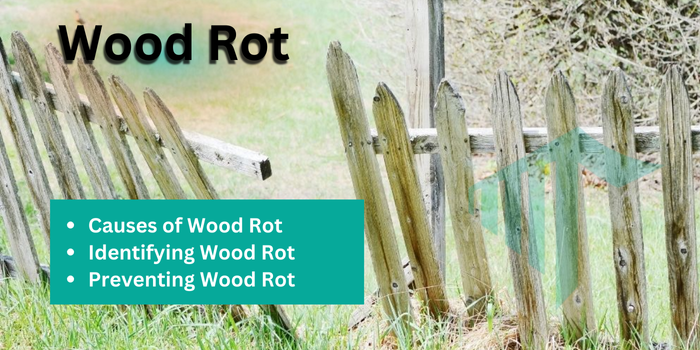
Wood rot is a prevalent issue for wooden picket fences, especially those exposed to moisture.
- Causes of Wood Rot
This is typically caused by prolonged exposure to moisture, which can lead to the growth of fungi. Poor drainage and lack of protective coatings can exacerbate this problem.
- Identifying Wood Rot
Signs of wood rot include discoloration, soft or spongy wood, and a musty odor. In severe cases, the wood may crumble easily when touched.
- Preventing Wood Rot
To prevent wood rot, ensure your fence is properly sealed with a high-quality wood preservative. Regularly inspect your fence for signs of damage and repair any issues promptly to prevent moisture infiltration.
Loose or Broken Pickets
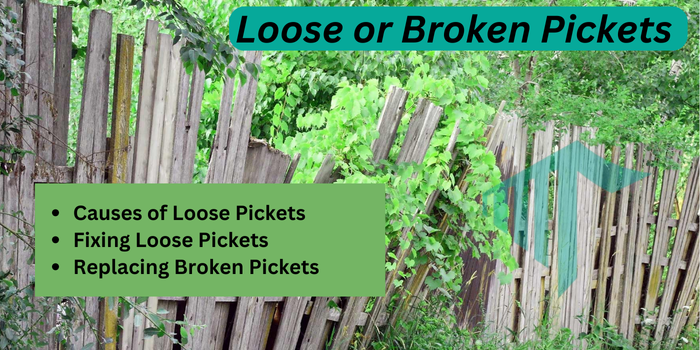
Loose or broken pickets not only detract from your fence’s appearance but also compromise its structural integrity.
- Causes of Loose Pickets
These are often caused by weathering, ground movement, or inadequate fastening during installation.
- Fixing Loose Pickets
To fix loose pickets, use galvanized screws or nails to reattach them to the rails. Ensure the fasteners are long enough to secure the picket firmly.
- Replacing Broken Pickets
Broken pickets should be replaced promptly. Remove the damaged picket and install a new one of the same size and style. Secure it with galvanized screws or nails to ensure longevity.
Leaning Fence
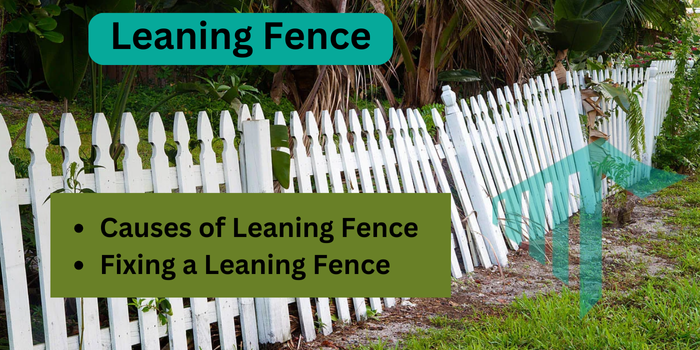
A leaning fence can be an eyesore and a potential hazard.
- Causes of Leaning Fence
Leaning fences are usually the result of poor installation, rotting posts, or soil erosion around the fence posts.
- Fixing a Leaning Fence
To fix a leaning fence, start by assessing the condition of the posts. Replace any rotted or damaged posts with new, treated lumber. Ensure to set the new posts in concrete to provide a stable foundation.
Peeling Paint
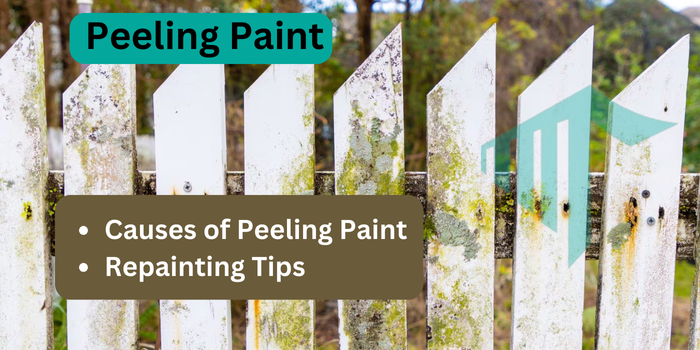
Peeling paint not only looks unattractive but also exposes the wood to the elements, increasing the risk of damage.
- Causes of Peeling Paint
Improper surface preparation, using low-quality paint, or exposure to harsh weather conditions often causes this.
- Repainting Tips
To repaint your fence, start by scraping off the old, peeling paint. Sand the surface to smooth out rough spots and apply a primer suitable for outdoor wood. Finish with a high-quality exterior paint for a durable, attractive finish.
Insect Damage

Insect damage can weaken the structural integrity of your fence and lead to costly repairs.
- Identifying Insect Damage
Signs of insect damage include small holes in the wood, sawdust-like residue, and weakened or hollow-sounding wood.
- Preventing Insect Infestation
To prevent insect infestation, use pressure-treated wood for your fence. Apply insect repellent treatments and ensure there are no wood piles or debris near your fence that can attract insects.
Maintenance Tips
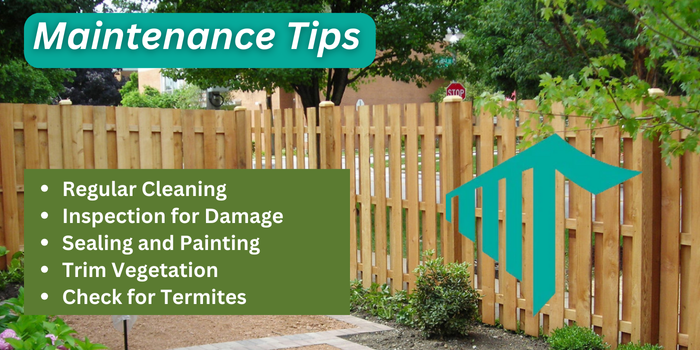
Regular maintenance is key to extending the life of your picket fence and keeping it looking its best.
| Key Point | Explanation |
| Regular Cleaning | Clean the fence with water and mild detergent to remove dirt, mildew, and algae. |
| Inspection for Damage | Regularly check for loose, broken, or rotting pickets and repair or replace them as needed. |
| Sealing and Painting | Apply a fresh coat of paint or sealant every few years to protect against weather damage. |
| Trim Vegetation | Keep plants and bushes trimmed away from the fence to prevent moisture buildup and damage. |
| Check for Termites | Inspect for termites and other pests, and treat the fence with appropriate insecticides if needed. |
Explore More : Fencing Solutions for B2B Clients
Conclusion
A well-maintained picket fence can enhance your home’s curb appeal and provide years of service. By understanding common picket fence problems and knowing how to fix them, you can keep your fence looking great and functioning properly. Regular inspections, prompt repairs, and preventative maintenance are the keys to a long-lasting picket fence.
Read More : Common Picket Fence Problems and How to Fix Them
FAQs
It’s best to inspect your picket fence at least twice a year, in the spring and fall. Additionally, check for damage after severe weather events.
Cedar and redwood are excellent choices for picket fences due to their natural resistance to rot and insects.
Yes, pressure-treated wood is a great option as it is treated to resist rot and insect damage, making it more durable in various weather conditions.
Ensure your fence is properly sealed with a high-quality wood preservative and maintain good drainage around the fence to prevent water from pooling.
Basic tools for picket fence repairs include a hammer, screwdriver, galvanized nails or screws, a level, and a saw for cutting replacement pickets.


